Tipon is a self-contained, walled settlement that served as an estate for Inca nobility. Located 13 miles down the Huatanay River Valley by the Inca capital of Cusco, the 500-acre archeological site provides knowledge and better understanding of the pre-historic Inca and their irrigation and building skills. The site represents great mastery of irrigation and hydraulic technology. The civil engineers of Tipon designed buildings, 13 integrated central terraces, waterworks, hundreds of other terraces and massive structures to be visually and functionally harmonious with their surroundings.
Irrigation
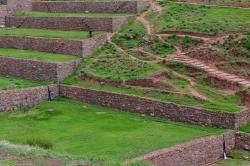
TiponCountry: PeruWebsite: http://www.asce.org/Project/Tipon/Creator: Incan Civilization and predecessors
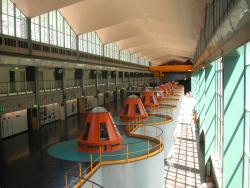
The scheme virtually reverses the flow of the Snowy River from its natural course toward the ocean and directs it inland. The entire complex includes 16 dams, seven power stations (with a production capacity of 3,740,000 kilowatts), over 90 miles of tunnels, a pumping station, and 50 miles of aqueducts.
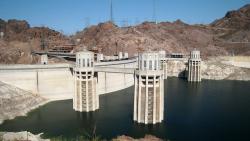
In 1918, the U.S. Reclamation Service's director and chief engineer Arthur P. Davis proposed a dam of unprecedented height to control the devastating floods on the Colorado River, generate hydroelectric power, and store the river's ample waters for irrigation and other uses.
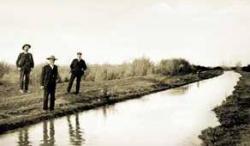
Developed by the Hohokam, a prehistoric group of Native Americans, the canal system in the Salt River Valley serviced more than 100,000 acres of mostly arid desert country in what is now southern Arizona. The prehistoric Hohokam constructed one of the largest and most sophisticated irrigation networks ever created using pre-industrial technology.
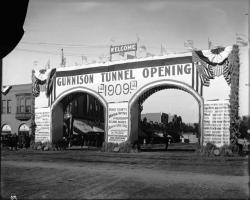
At its completion, the 5.8-mile Gunnison Tunnel under western Colorado's Vernal Mesa was the longest irrigation tunnel in America. It carried water from the Gunnison River to the Uncompahgre Valley to irrigate 146,000 acres of cropland.
Work on the 30,582-foot tunnel was first performed manually. Adverse geological conditions provided great challenge for this pioneering project. The drilling crews had to deal with clay, sand, shale, and a badly fractured fault zone.
Innovations
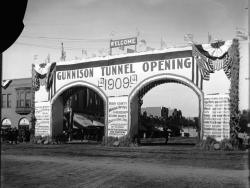
At its completion, the 5.8-mile Gunnison Tunnel under western Colorado's Vernal Mesa was the longest irrigation tunnel in America. It carried water from the Gunnison River to the Uncompahgre Valley to irrigate 146,000 acres of cropland.
Work on the 30,582-foot tunnel was first performed…
Read More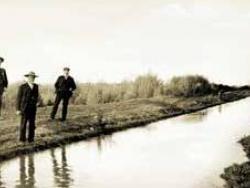
Developed by the Hohokam, a prehistoric group of Native Americans, the canal system in the Salt River Valley serviced more than 100,000 acres of mostly arid desert country in what is now southern Arizona. The prehistoric Hohokam constructed one of the largest and most sophisticated irrigation…
Read More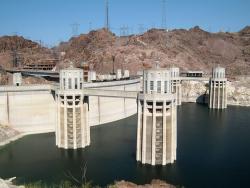
In 1918, the U.S. Reclamation Service's director and chief engineer Arthur P. Davis proposed a dam of unprecedented height to control the devastating floods on the Colorado River, generate hydroelectric power, and store the river's ample waters for irrigation and other uses. A dam project of…
Read More
The scheme virtually reverses the flow of the Snowy River from its natural course toward the ocean and directs it inland. The entire complex includes 16 dams, seven power stations (with a production capacity of 3,740,000 kilowatts), over 90 miles of tunnels, a pumping station, and 50 miles of…
Read More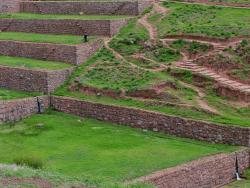
Tipon is a self-contained, walled settlement that served as an estate for Inca nobility. Located 13 miles down the Huatanay River Valley by the Inca capital of Cusco, the 500-acre archeological site provides knowledge and better understanding of the pre-historic Inca and their irrigation and…
Read More

